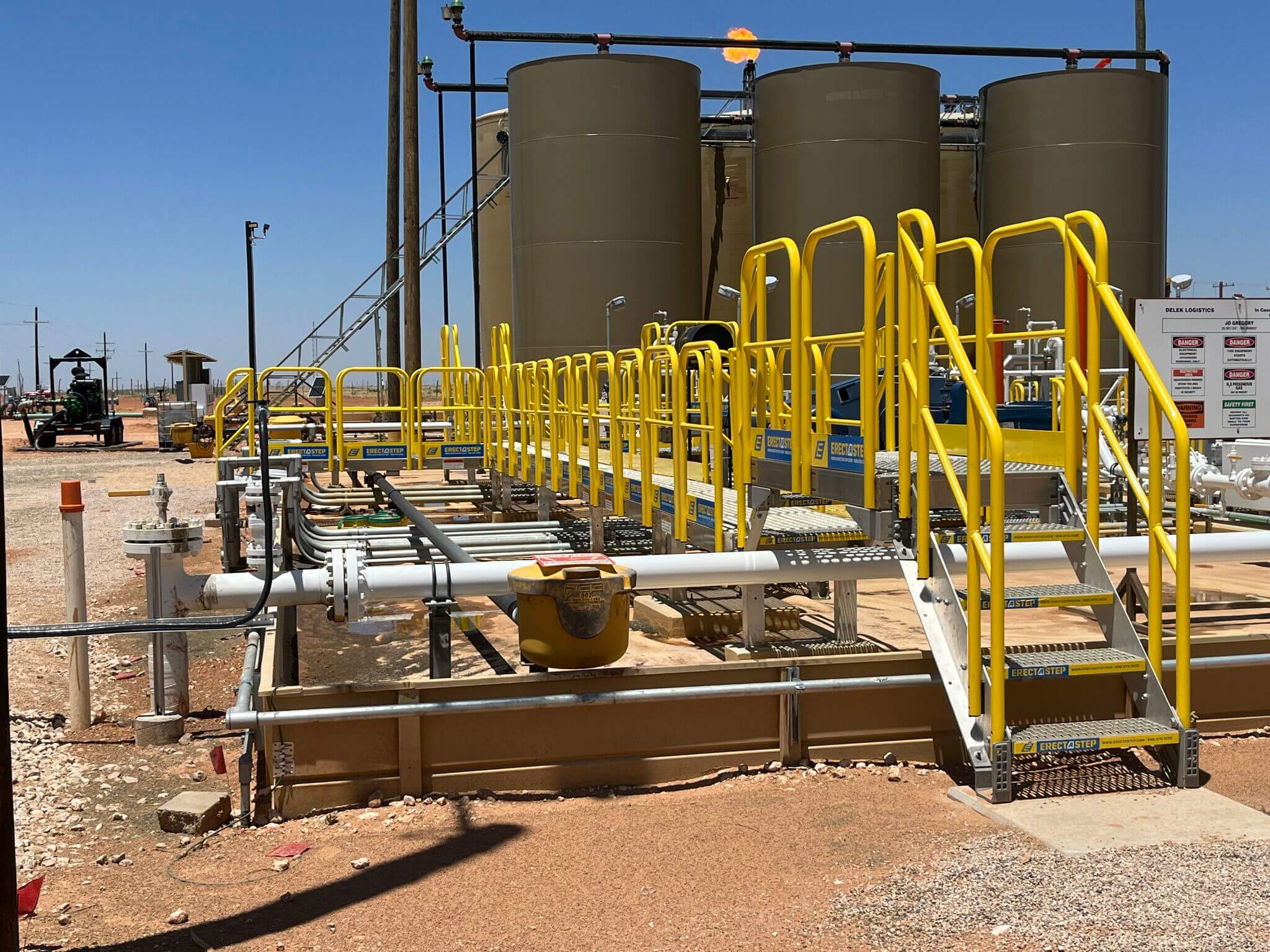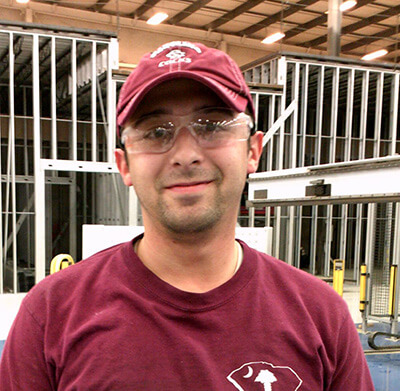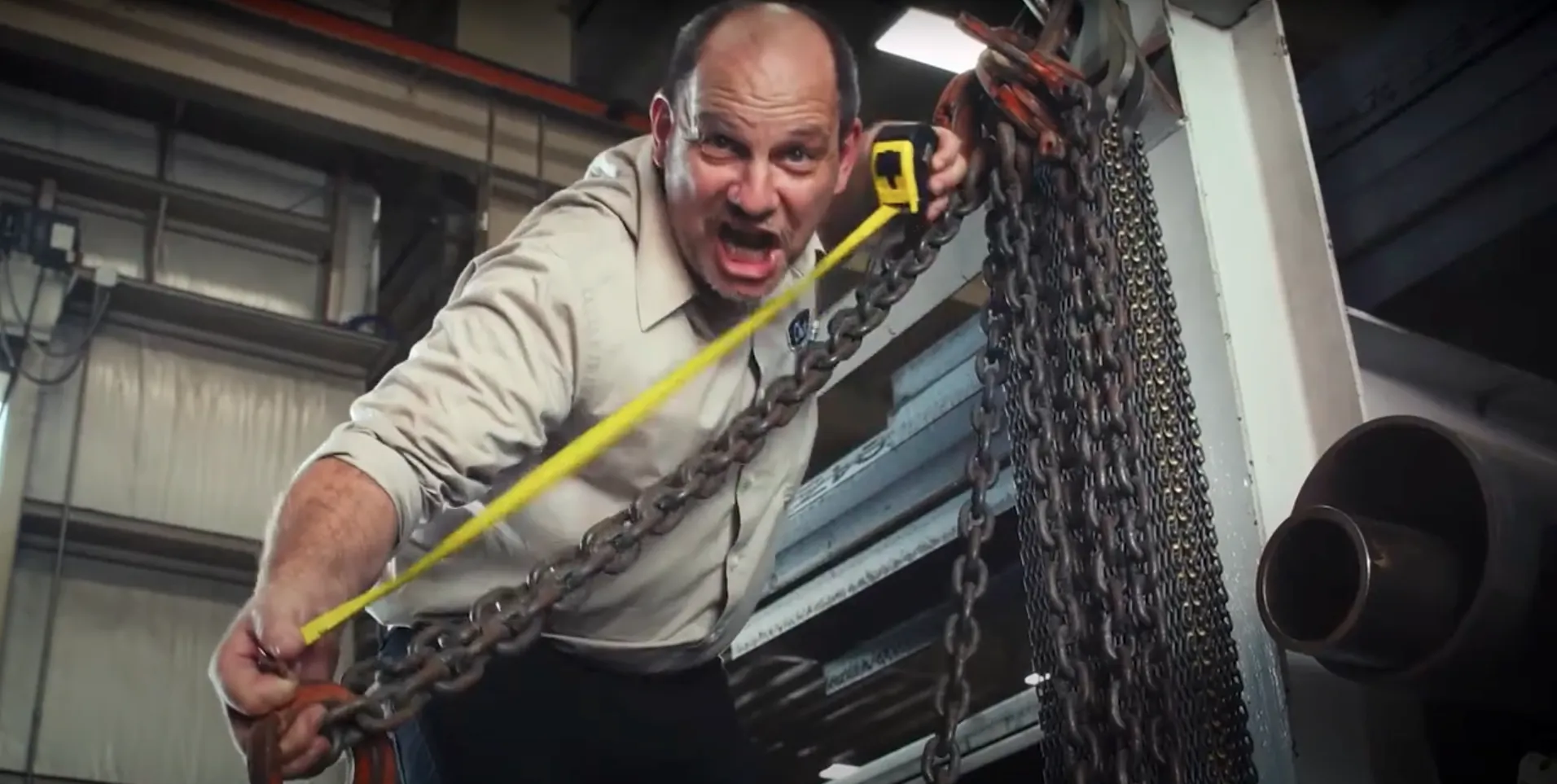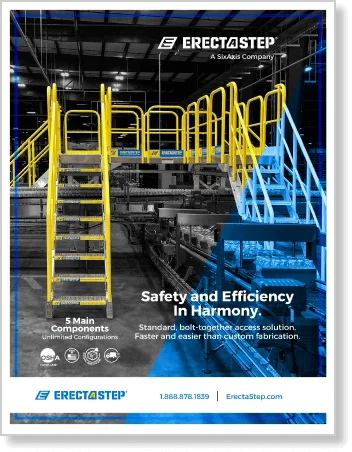ErectaStep 7 Step Ladder Platform
Categories: Industrial Stairs Fixed Ladders Stair Towers Work Platform
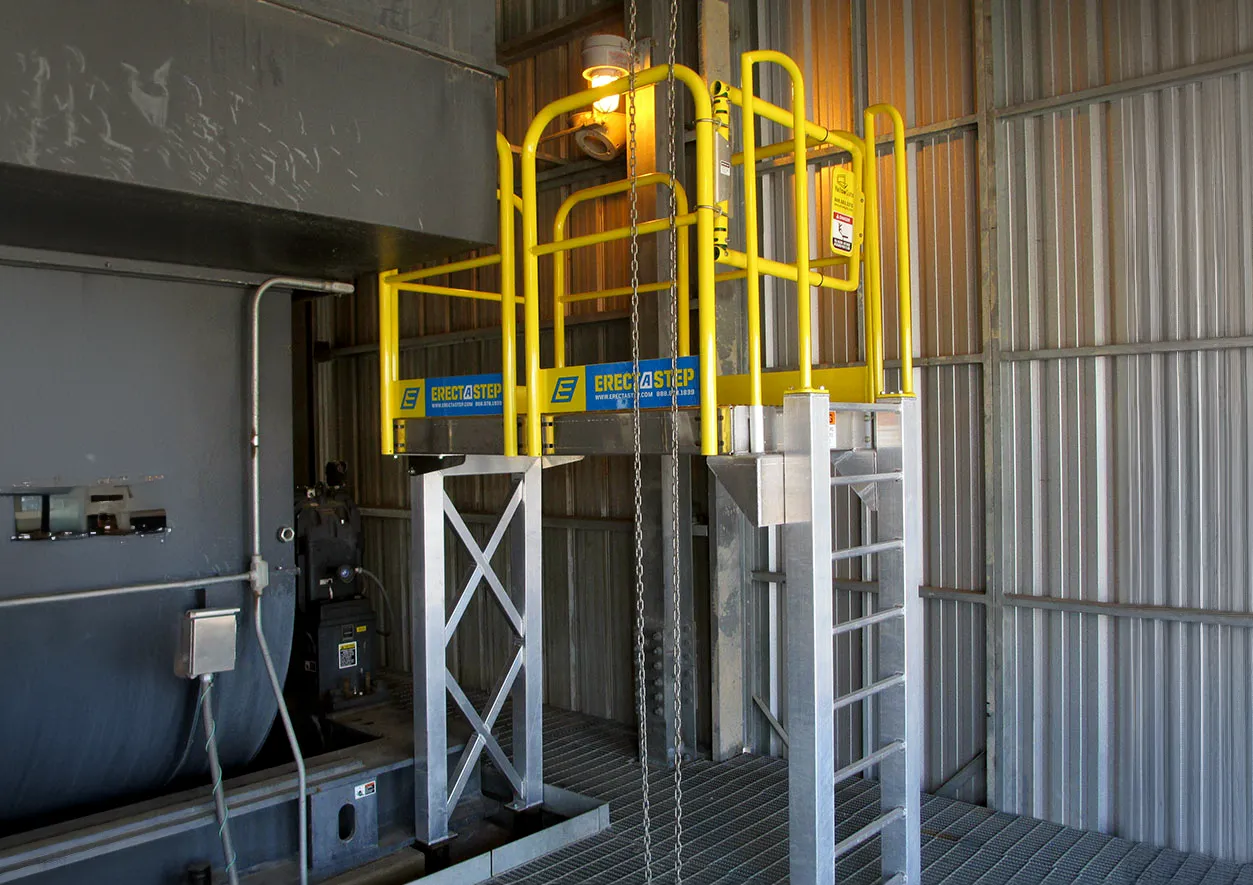
Workers need to be properly trained in ladder safety before using one and should be constantly reminded to take it slow and steady when climbing up or down aluminum ladders.
As they say, when it comes to industrial ladder safety -- better to take it one step at a time. Ensure workers are using it properly, and remind them to be careful when climbing up or down. If your ladder isn't working correctly, have a defective design that could cause an accident with injury and liability issues for both yourself in terms of medical costs to treat injuries sustained during use. It's also never a joke when other people are hurt if they were nearby at the time.
A common misconception about falls from ladders is forgetting how high off-ground level one has climbed. It often leads us to assume our stability while standing on only two feet incorrectly -- yet even these might not offer enough protection given certain circumstances. When it comes to preventing falls, instruction and training are key. With personal protective devices, supervision should always come first when protecting yourself from the risk of slipping or falling.
Three Points of Contact
Climbing ladders are one of the most common ways people get injured at work. In fact, 43 percent of all fatal falls in the past decade involved a ladder, always accounting for a significant number of workplace injuries yearly. One of the best ways to prevent ladder-related accidents is to follow the three points of contact rule. This rule states that you should always maintain three points of contact with the ladder while climbing or working. In other words, you should either keep two hands and one foot or one foot and two hands on the ladder at all times. If you cannot do this, it is recommended that you brace your legs or hips against the ladder to maintain your balance. Following this simple rule can significantly reduce your risk of falling and injury.
Ladder Height Shouldn't Be Ignored
Making the necessary vertical height estimation is easier than ensuring ladder safety, as providing the correct railing height is up to code in stairs. To put it into context, no matter the exertion, it is hazardous to employ a ladder that is either too short or too long. Consider some of these criteria while choosing the appropriate ladder length:
- First, consider the expected reach of the person using the ladder. A longer ladder will be necessary if the person needs to stretch to reach the desired area.
- Second, consider the weight of the person using the ladder and any tools or materials that workers will carry up the ladder. A heavier person or load will require a sturdier ladder like aluminum or fiberglass, which may need to be longer to provide adequate support. Unless you are using the stairs, which OSHA defines with a slope between 30 degrees to 50 degrees, anything above that angle, like a ship ladder, you need to keep both hands free from any load.
- Finally, consider the terrain where workers will use the ladder. Uneven ground or slippery surfaces will make it more difficult to operate a ladder safely, so a longer ladder may be necessary to provide stability.
No Overreaching, Please!
Reaching the top of the ladder is an accomplishment, but it's important to remember that ladder safety is still of the utmost importance. Never overreach, as this is one of the most common causes of ladder injuries. Stepping on the top two ladder rungs is also a no-no -- when accessing a roof, ensure the ladder extends at least three feet from the point of contact. With ladder safety in mind, you can avoid being one of the 160 people who die yearly from ladder-related injuries.
Why is overreaching when on a ladder a risky behavior? When working at a height requiring a ladder, your body serves as the center of gravity for the ladder. Your center of gravity will be in the ideal spot when your weight is distributed evenly in the middle of the ladder's side rails.
Unfortunately, even a slight overshoot might cause the ladder to overturn when veering away from the center of gravity. You are more susceptible to falling from the ladder when this circumstance arises.
Regarding ladder safety in the industrial workplace, it's important to take things one step at a time – quite literally. Ensuring the safety of workers using ladders and metal stairs correctly and carefully is never a joke. If you have any concerns about your ladder's condition or design, consult with experts at Erectastep. With over 25 years in the business, they know ladder safety inside and out and can help you avoid accidents, injuries, and costly liability issues.

